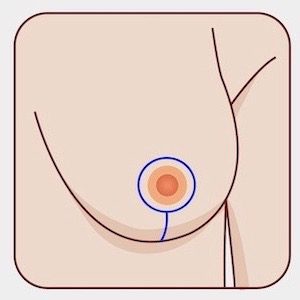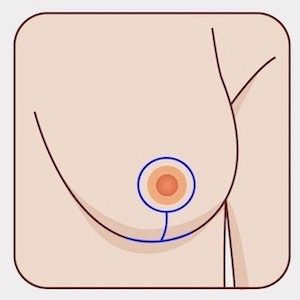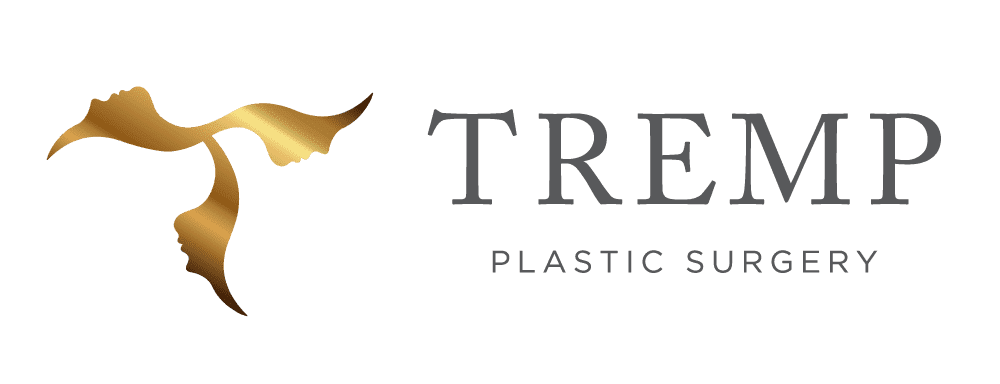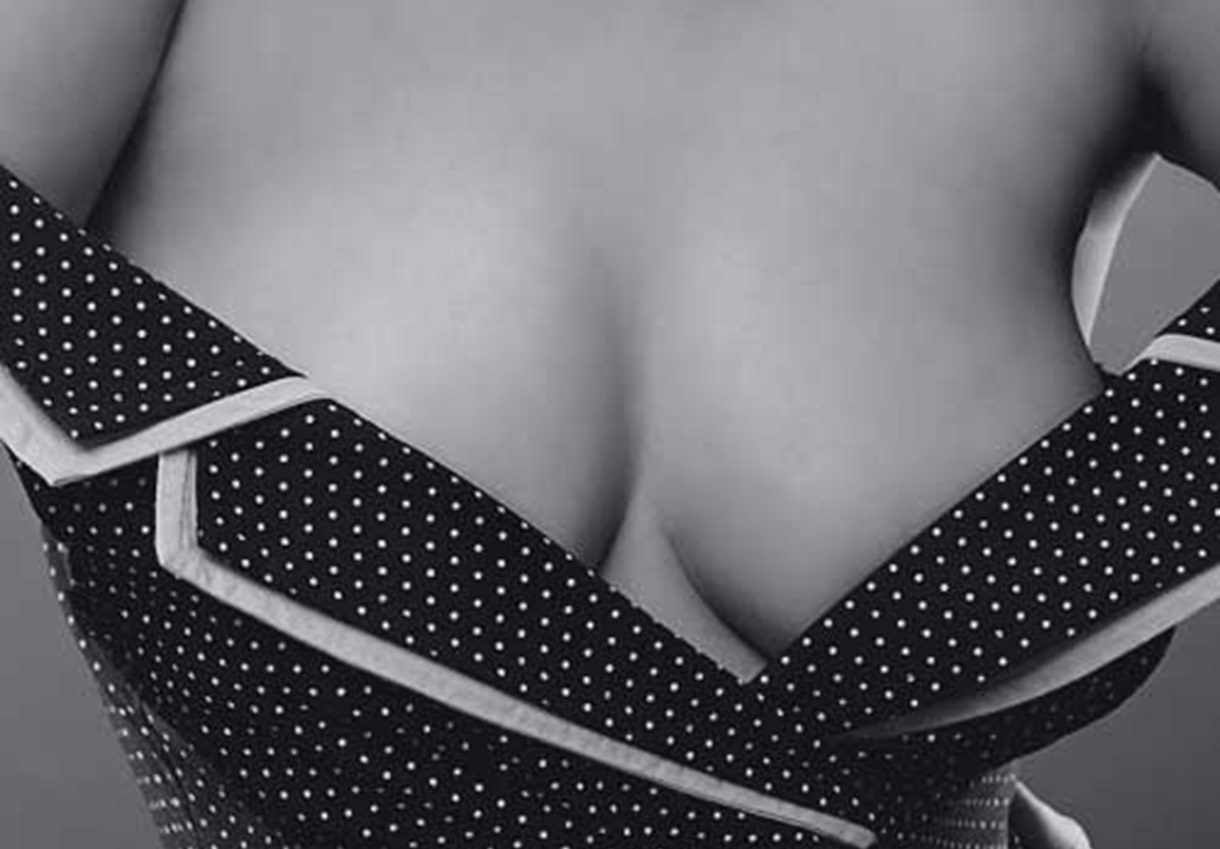Pregnancy, weight fluctuations, predisposition and the ageing process can all contribute to the breast losing its youthful shape and firmness. With breast lift or mastopexy, the breast regains a rejuvenated profile and firmer bust.
By removing the excess skin in the lower area, the female breast is tightened and brought back into the correct position. In comparison to breast reduction, breast lift does not involve the removal of breast gland tissue.


What are the causes of sagging breasts?
The natural ageing process lowers the oestrogen level and the connective tissue becomes weaker.
The result is a sagging of the breast. The sagging skin mantle causes the breasts to increasingly sag. As the breasts sag, cleavage disappears and sagging breasts develop.
Prematurely sagging breasts
Hereditary weak connective tissue or very large breasts can lead to premature sagging of the breasts. An unhealthy lifestyle can also lead to sagging breasts.
Small sagging breasts after pregnancy
Right at the beginning of pregnancy, hormones such as oestrogen, progesterone and oxytocin prepare the body for the new task. At the same time, the breasts also become plumper and larger at the beginning of pregnancy.
More mammary gland tissue is formed, which can account for a difference in size of up to three cup sizes over the course of pregnancy. At the end of breastfeeding, the increased mammary gland tissue is no longer needed and the breasts shrink. Most women feel that they have smaller breasts after breastfeeding than before pregnancy.
In the case of small sagging breasts, an enlargement of the breasts can create a volume that fits the patient’s body. Often no further lifting is necessary. However, if the patient does not want larger breasts, pure breast lift can also be considered.
Sagging breast after weight loss
Sagging and drooping breasts are also caused by severe weight loss or continuous weight fluctuations.
At what point is a surgical breast lift an issue?
For large sagging breasts, a breast lift is recommended. If affected women suffer physically or psychologically, a consultation with a plastic surgeon is recommended.
During a consultation with PD Dr. med. Mathias Tremp, interested patients can receive comprehensive advice on the desired breast correction.
What visible scars result from a breast lift?
Depending on the extent of the sagging breast, the incision is made around the areola or vertically below it. As a rule, the areola is also reduced slightly. In exceptions, a further incision along the natural breast fold is necessary during the breast lift.
The scars fade after a few months and rarely lead to excess scarring. This can be helped with cortisone injections or silicone strips. With a good breast shape, the scar is secondary.

Incision around the nipple for minor breast lifts
The circular incision around the nipple (periareolar incision, according to Benelli) is suitable for a minor breast lift. The method is very gentle, the remaining scars are hardly visible.
The method is less suitable for large breasts with a greater need for correction.
I incision for removal of larger excess skin
Vertical lift (Lejour-The vertical lift (Lejour method) allows for a relatively large breast lift with little scarring.
The method is also suitable for sagging breasts with medium to larger excess skin, resulting in a good projection of the breast.


T and L incision for extensive breast correction
The T and L incision techniques differ only slightly from each other. Both are based on the I-method (according to Lejour), but the vertical incision is continued in the inframammary fold.
All methods allow the breast to be tightened or the shape and position of the nipple to be corrected.
Are the nipples transplanted during the breast lift?
To tighten the sagging breast, the breast gland body is reshaped. This involves moving the breast upwards with the nipple optimised in size and shape.
By removing the excess skin, the areola is moved upwards.
What are the risks of a breast lift?
All risks are discussed in detail during the consultation with PD Dr. med.
No operation is completely free of risks. The breast lift is a surgical procedure. The operation is performed on an outpatient basis and under a light general anaesthetic.
Rare risks are bruising, excess scarring, disturbances of blood circulation or infections. Any numbness will normalise after 6 to 12 months.
Can I breastfeed after a breast lift?
The ability to breastfeed is usually not restricted.
How long does the incapacity for work last?
Depending on the occupation, patients are not able to work for 7 to 14 days. Very rarely and in physically demanding work, the period of absence is longer.
What should I bear in mind during aftercare following a breast lift?
We will provide you with a supportive sports bra that you should wear for about 4 weeks. Light sporting activities such as cycling or walking can be resumed after 2 weeks.
After 4 weeks, the wounds have usually healed to a large extent so that you can resume sporting activities. As soon as the wounds have healed, you can go swimming again and we recommend regular scar massage.
When are the costs of breast lift covered by health insurance?
The costs of a breast lift are not covered by insurance as it is a purely cosmetic procedure.
If a breast reduction is necessary at the same time, the costs may be covered by the insurance. However, a detailed medical clarification is required for the costs to be covered.

